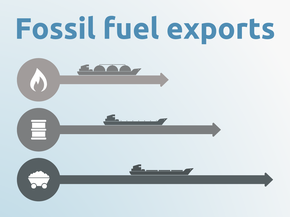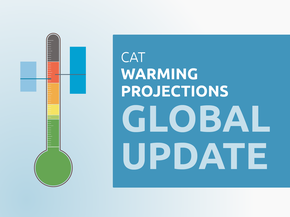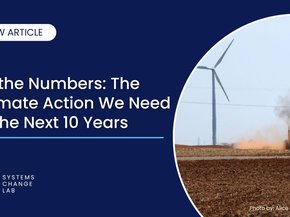Country summary
Overview
As a least developed country highly vulnerable to climate change, Nepal has focused its climate action on adaptation. Nevertheless, Nepal’s Nationally Determined Contribution (NDC) still includes plans to increase renewable energy production, which shows its intent to move to a low-carbon development pathway.
Recently, Nepal announced the years 2018–2028 as the “Energy Decade”, emphasising the development and expansion of renewable energy. The NDC does not include any overall greenhouse gas (GHG) emission reduction targets. We could not quantify the overall impact of Nepal’s targets on GHG emissions, and therefore we could not rate the NDC.
Despite the lack of GHG target, the NDC contains ambitious sectoral targets, expected to result in emissions reductions compared to the current policy projections, which lie in the “1.5°C Paris Agreement compatible” range. Nepal’s current policies do not require other countries to make comparably deeper reductions or greater effort.
Given that Nepal’s NDC consists of many individual actions with different target years and that some actions lack detail and leave room for further specification, we were not able to quantify and rate the aggregate impact of Nepal’s NDC on GHG emissions. We encourage Nepal to provide more clarity on its climate change targets in its next NDC.
As of 2010, Nepal’s own emissions make up less than 0.1% of global emissions. With its current policies, Nepal’s GHG emissions are expected to increase to between 54–58 MtCO2e by 2030 (an increase of 54–66% compared to 2010 levels). Nepal’s GHG emissions per capita are amongst the lowest in the world and even with this increase, the country’s per capita emissions would only grow from 1.3 tCO2e/cap as of 2010 to 1.6–1.8 tCO2e/cap by 2030, still far below the world average required per capita emissions of 3.6 tCO2e/cap by 2030 according to a 1.5°C scenario.
Further analysis
Latest publications
Stay informed
Subscribe to our newsletter






